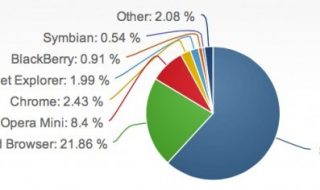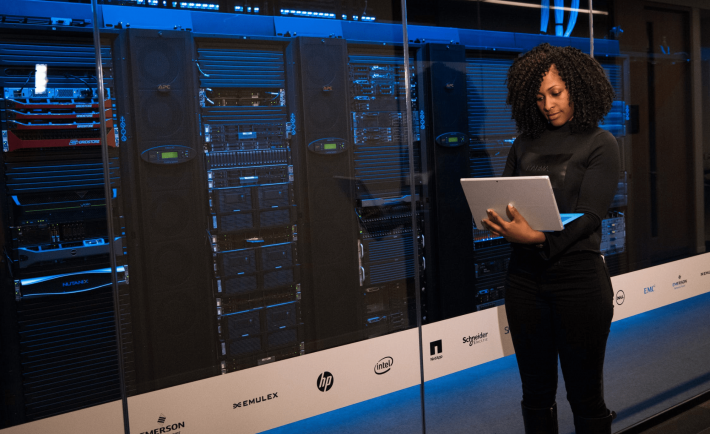
The coronavirus pandemic hasn’t been merciful to IT security personnel and added to the troubles that 2020 already had in ready supply.
The disruption caused by COVID-19 created new opportunities for hackers, and many forms of cybercrime saw huge increases over the year. This ranged from pandemic-related phishing scams that exploited the conditions of fear, to ransomware attacks on healthcare facilities. Although we are now through the worst of the period of uncertainty, security teams are still working hard to maintain protection for those working from home and to keep up with new incursions made by cybercriminals.
In our increasingly data-driven business world, organisations of all sizes often find they need to scale operations at a rapid rate. To meet the pressure of increasing workloads at the most difficult times, it’s important to find reliable and experienced IT support London companies turn to in their times of need.
New Ransomware challenges
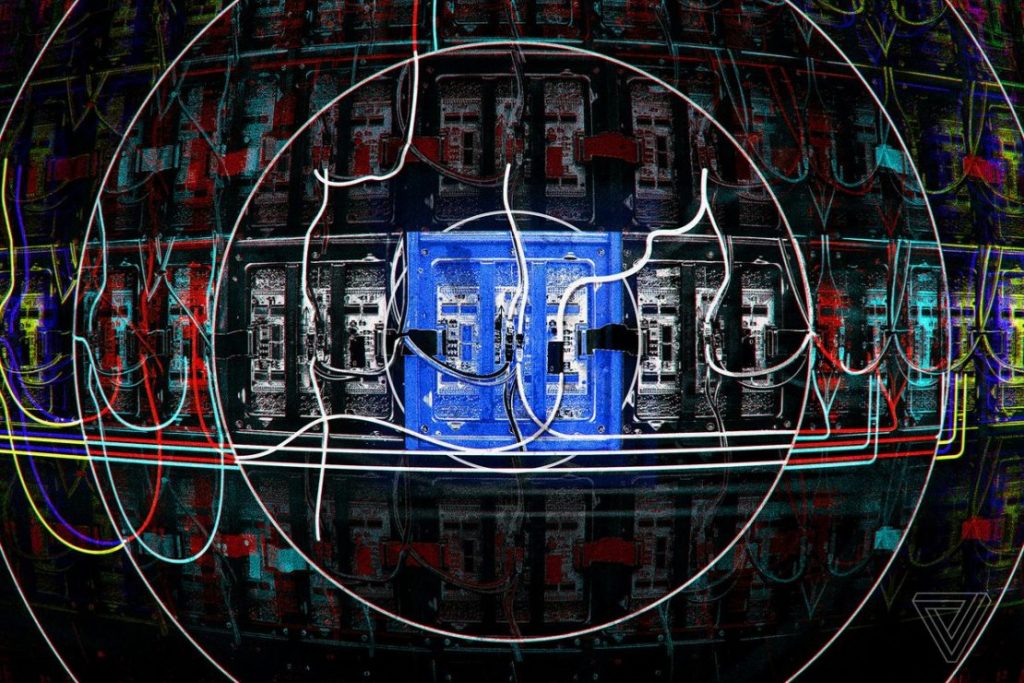
The average ransom paid has almost trebled in Europe and North America since 2019, and only eight percent of those that pay ransoms get all of their data back. Incidents increased enormously in 2020, with some reports suggesting rises of almost 500 percent.
The attacks are also becoming much more sophisticated, and it’s more common for data to be encrypted as well as stolen. This often causes emboldened ransomware gangs to ask for two separate ransoms – one to have data returned, and another to avoid it being shared with the world. There are now more than 120 different ransomware gangs, many of which share information on the dark web.
Attacks on cloud services

In the wake of sophisticated cyberattacks on a grand scale, most notably the Solar Winds attack that has devastated U.S. government agencies and private companies, many organisations are left reassessing their data storage policies.
Whether you decide your data is safer on the cloud or not, the mass migration to cloud is an unstoppable process due to the improvements in scalability, efficiency and affordability. Security remains a central concern for businesses featuring cloud computing in their digital transformation, but it can be a manageable process provided the best security practices are followed. If you think your employees need more training on data security check out this resource on How To Create a Successful Secure Coding Training Plan to get them up to speed.
Increasing multifactor authentication
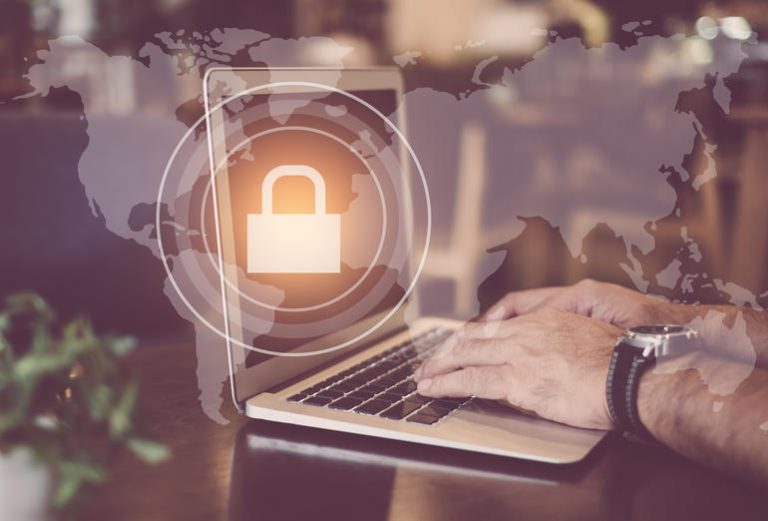
Multifactor authentication (MFA), or sometimes two-factor authentication (2FA), is the level of authentication that requires an additional level of evidence before access is provided. This is currently the highest level of security in authentication and is being adopted as a standard by more software solutions. However, in 2020 Microsoft advised against the use of MFA by SMS in favour of security keys and app-based authenticators. This is because SMS messages aren’t encoded and can potentially be hacked in man-in-the-middle attacks.
Data privacy as a discipline
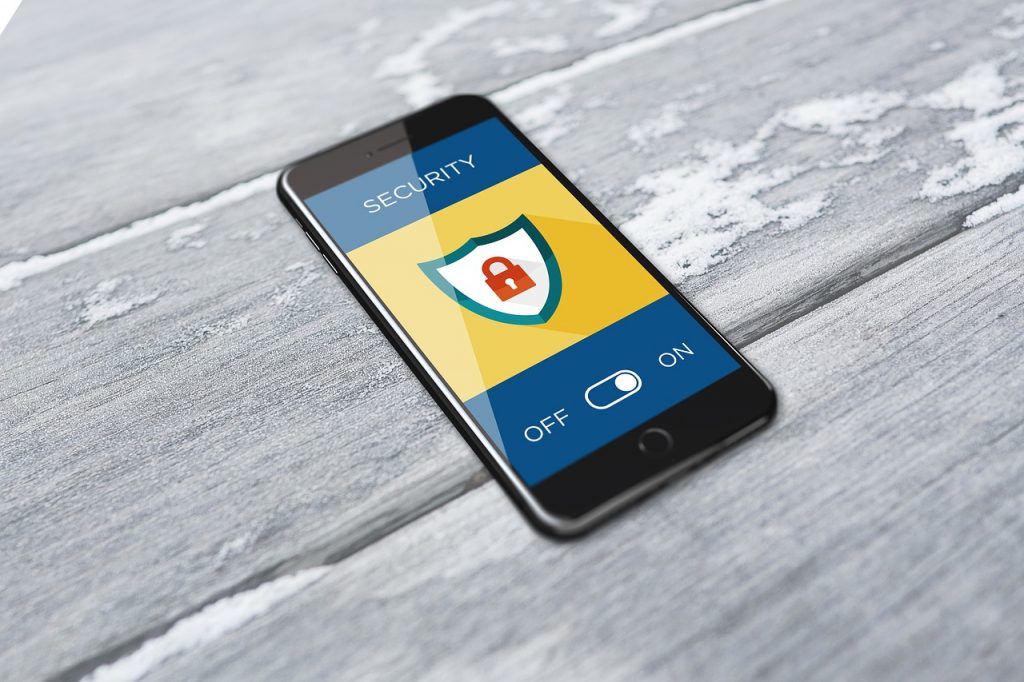
Recent decades have seen increasing importance in data privacy, and this is reflected in the introduction of data privacy laws and regulations around the world, such as GDPR or CCPA. Organisations are being forced to increase their efforts in data privacy, which impacts various operational processes.
Data privacy is set to become a much higher priority within all types of businesses, new positions dedicated to data privacy will be created, and the security infrastructure will be impacted.
Remote working threats

The mass shift to remote working that began at the beginning of the pandemic brought with it a series of security concerns that put pressure on security teams around the world. Where new practices had to be quickly implemented, such as cloud migrations or new security products, ordinary security protocols were often overlooked due to the lack of time or resources.
But now that remote working is, for many organisations, still in place, there is an extra workload to catch up with to ensure all vulnerabilities are accounted for and a long-term security strategy can be formalised.
The rise of AI

Artificial intelligence (AI) and machine learning are continuing to take enterprises to new levels in terms of capabilities, which in turn impacts security infrastructure. These technologies can be used to improve operational processes in different departments, but they can also directly affect security with such implementations as AI-powered network monitoring tools that are trained to detect threats.
AI can analyse data at a much faster rate and make huge improvements to efficiency. But criminal gangs are also leveraging AI to increase their own capabilities, so it may not represent a significant advantage. However, AI can reduce the damage of data breaches by millions of dollars, which should be kept in mind.
The insider threat
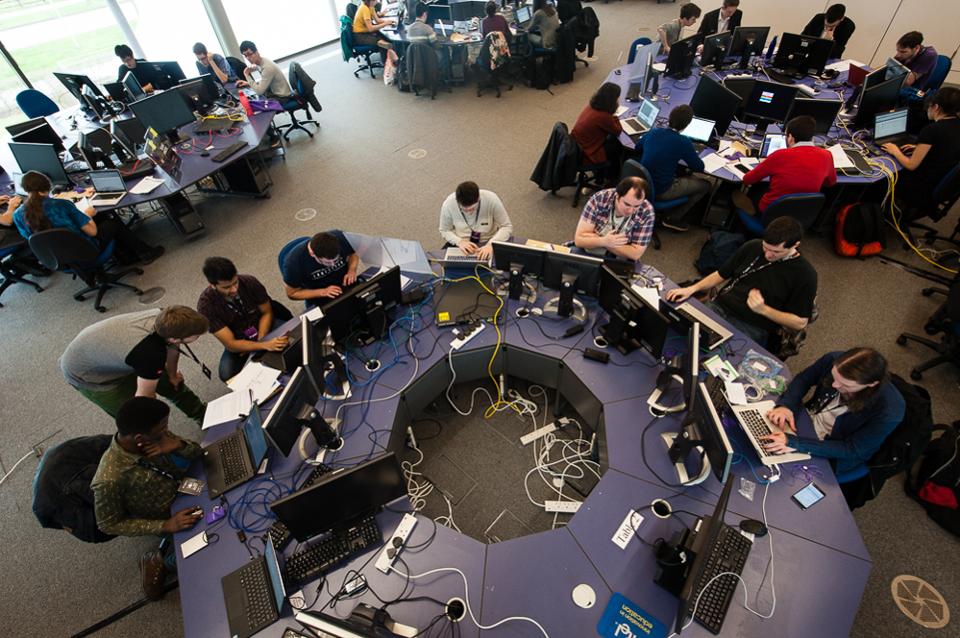
With more employees and contractors remote or at a distance, employers should not ever forget that threats can also come from within.
The Verizon 2021 Data Breach Report suggests that as many as 22 percent of security incidents are caused by insiders. This isn’t a particularly nice reality for any business to face, but it is important that the right procedures and tools are in place to reduce the risk caused, such as limited access management and employee monitoring. It is necessary to ensure that unusual activity doesn’t go unnoticed so unpleasant surprises can be avoided.

As trends in the security landscape continue to evolve and develop, business leaders must look for new ways of overcoming challenges in an industry that’s moving faster with every passing day. Threats are always developing – and increasing – so the only option is to always stay one or two steps ahead.




